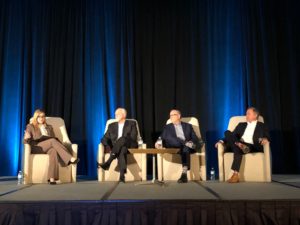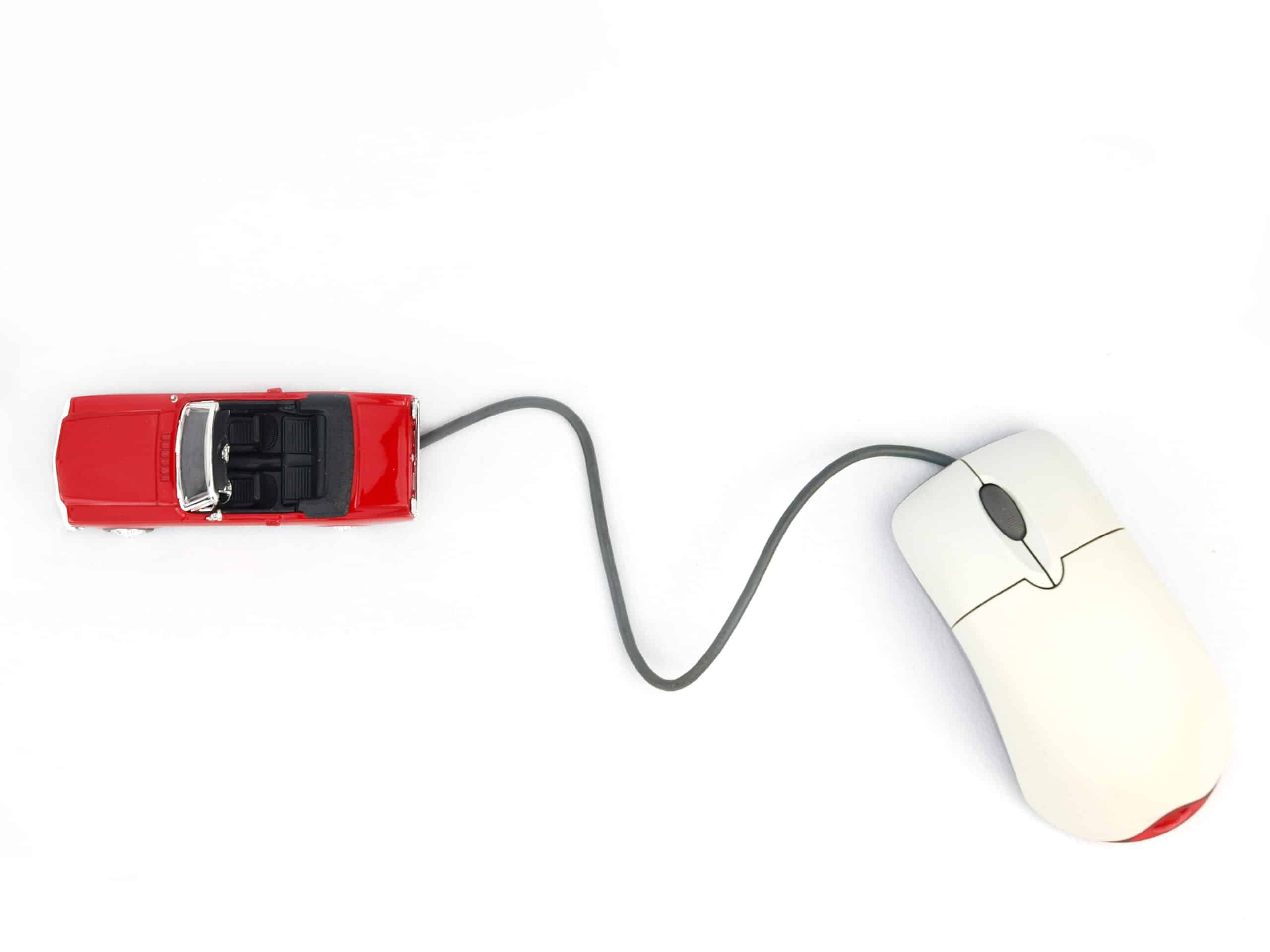US Bank eyes dealer education on leasing in 2020

SAN DIEGO — Banks can overcome affordability issues by expanding their leasing programs and educating their dealer partners, said Tim Sullivan, senior vice president and national sales director of dealer services, at U.S. Bank, at the second annual Auto Finance Sales & Marketing Summit in San Diego.
With car prices increasing 30% in the last 10 years, and household income only increasing 10% during that time period, lenders are frequently focused on getting customers into a payment, Sullivan said.
“That sort of puts us into a little bit of death spiral,” he said. “It’s not good for the customer, it’s not good for the dealers and it’s not good for the banks.”
In order to overcome that pain point and ensure customers return in two- to three-year trade cycles without getting buried in debt, U.S. Bank has placed an added focus on leasing. “We’re fortunate to have a really robust leasing program,” Sullivan said.
In talking to dealers, U.S. Bank has “found that it’s either a ‘knowing problem’ or a ‘doing problem’ why dealers don’t lease,” Sullivan said, noting that most of the time it’s a “knowing problem.”
“What we’ve done this year and started last year, is go to different dealerships and walk them through [the leasing process]. We don’t care [which lender a consumer] leases with, but [dealers] have to understand the program,” he said.
U.S. Bank trains the sales staff working with their dealer partners to explain the differences between a retail installment and a lease in order to help consumers avoid negative equity, Sullivan said.
“If you have the cost of funds moving up until the last few weeks, and you have used-car values plateauing, people can’t be spending $800 to $1,000 a month on an automobile. You’ve got to give them another option,” he said.
“That’s what we’re focusing on 2020 and beyond,” Sullivan said. “Let’s show customers both sides of a way to purchase an automobile — in both leasing and retail.”
To be fair, OEMs dominate the leasing space, but there’s plenty of opportunity for banks, Sullivan said. “There’s certified pre-owned leasing and new-car leasing where the manufacturers aren’t supporting that particular model,” Sullivan explained, noting those are areas in which banks can come in and fill gaps in the market.
Once banks get their dealer partners on board with looking at both sides of the transaction, they can better help put the consumer into the right vehicle at a price they can afford.
“It is a different process,” Sullivan said. “You aren’t talking annual percentage rate; you’re talking money factor. You get dealers to understand those base fundamentals … they start to get into it and start to move customers through the system quicker and really engage into what leasing can be.”















